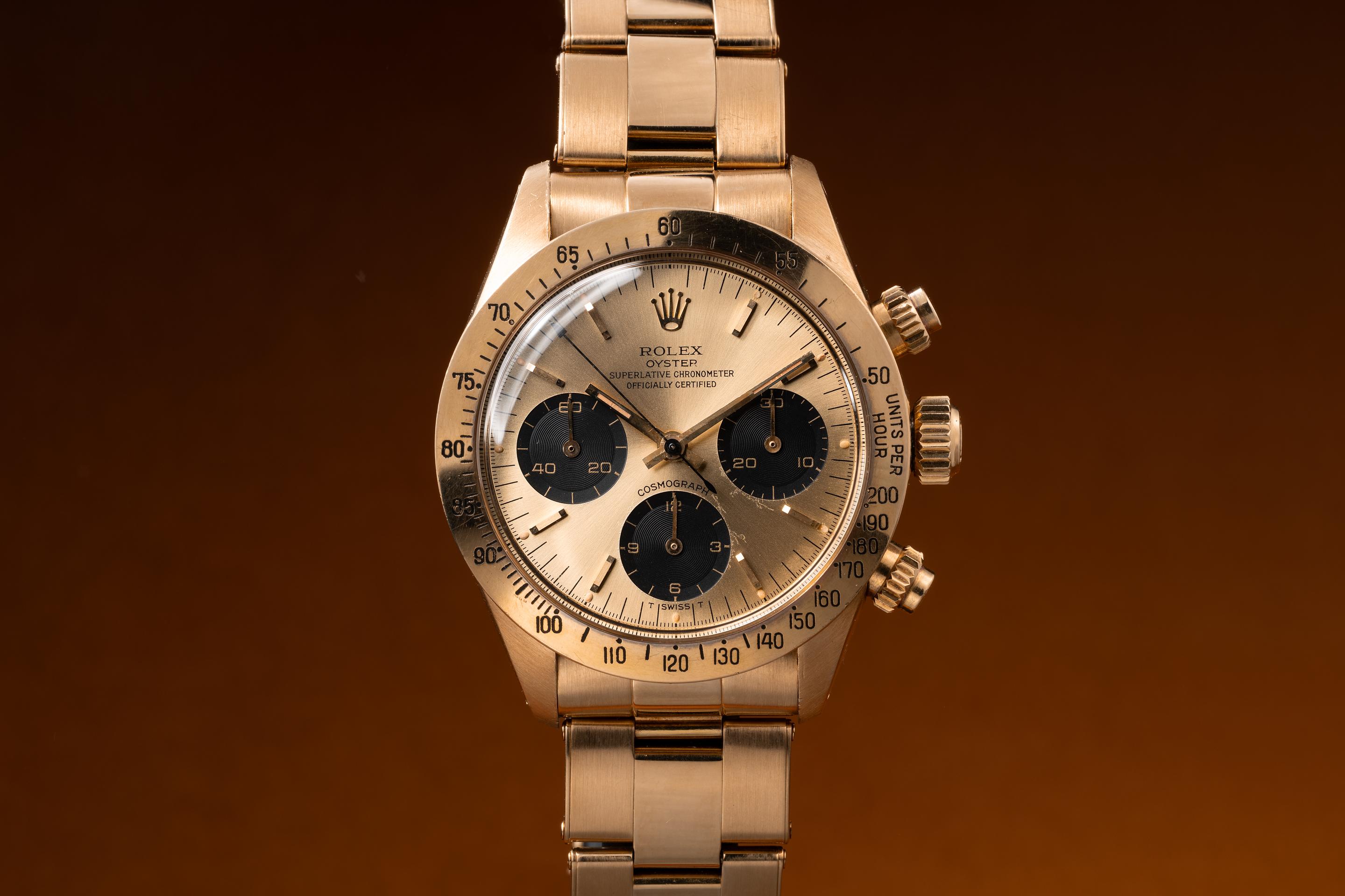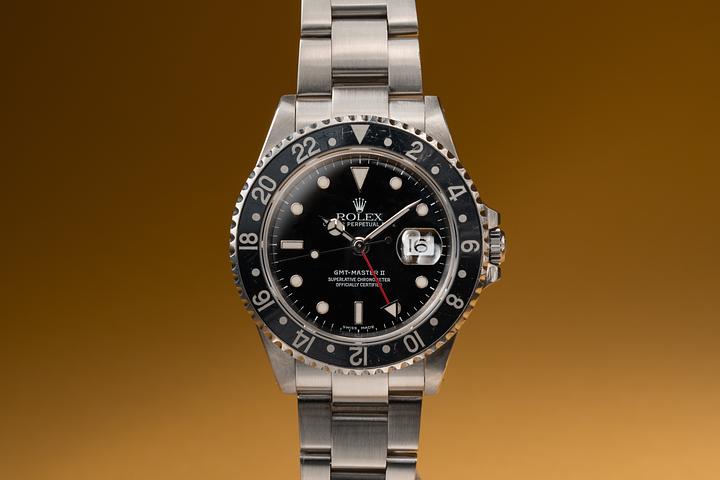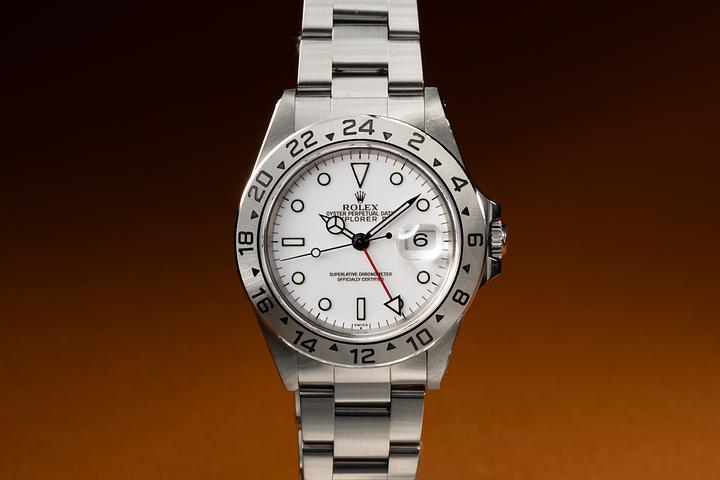Is a Rolex Watch Worth It? Investment Value Explained

Is a Rolex Watch a Good Investment? A Look Into Its Legacy and Market Value
So, you’re casually browsing luxury watches—maybe mid-coffee sip, maybe mid-scroll through yet another rabbit hole on Reddit or Hodinkee—and you start wondering: is buying a Rolex actually worth it? Not just for the flex or the heritage, but as an investment. Like, real talk: can you treat your wrist candy like an appreciating asset? It’s a fair question. After all, we keep hearing about people buying Daytonas at retail and flipping them for double. But is the hype real? Let’s talk about it. We’ll look into Rolex's history, the current trends in the Swiss watch market, real-world value appreciation, and how all that ties into whether it’s a savvy financial move—or just a really good excuse to treat yourself.
The Swiss Watchmaking Legacy and Rolex’s Place In It
To understand Rolex as an investment, you first need to get a grip on the Swiss watch industry, because—let’s face it—it’s the epicenter of haute horology. Switzerland has held the crown for centuries when it comes to watchmaking precision and craftsmanship. It’s the land of complications, tourbillons, and, yeah, those quirky independent makers hand-finishing dials in mountain workshops.
Now, Rolex didn’t emerge a top dog by accident. Founded in 1905 by Hans Wilsdorf and Alfred Davis in London (before relocating the brand to Geneva in 1919), Rolex practically built its identity around reliability, technical innovation, and, well, perfect marketing. They gave us the first waterproof wristwatch, the Oyster, in 1926. Then there’s the Perpetual rotor mechanism—hello, automatic movement—debuting in 1931. Rolex didn’t just ride the Swiss wave of precision; it defined it. So when we talk about Rolex as a potential investment, we’re not talking about “just another luxury brand.” We’re talking about a brand that laid many of the cornerstones of the industry itself.
How Rolex Became a Symbol of Value—Not Just Luxury
Rolex is more than just a watch; it’s cultural shorthand for success, ambition, and permanence. And that’s not just clever branding—it’s been backed up by decades of consistency in design and scarcity in production. Unlike some other brands that constantly revamp or flood the market with endless variants, Rolex takes it slow. Updates are incremental, not radical, and supply is famously limited, keeping demand humming at near-unreachable levels.
This scarcity plays nicely into the investment narrative. When demand constantly exceeds supply, secondary market prices climb—or at least stay steady. That’s especially true for models like the Submariner, Daytona, GMT-Master II, and even, recently, the Explorer and Milgauss. And it explains why people queue up (or more accurately, get waitlisted for years) at authorized dealers. The limited allocation model keeps Rolex in a position of perpetual desirability, which—if you’re thinking like an investor—is extremely attractive. The more people want something they can’t have, the more they’re willing to pay for it if and when it becomes available.
Rolex Models With Proven Resale Value
Okay, let's talk numbers—because vibes only get you so far. Not all Rolex watches perform the same in the resale world. The steel sports models? They dominate. Take the Daytona, for example. The retail price lands around $15k-ish depending on the reference, but good luck finding it in-store. On the secondary market, especially for the white dial version (ref. 116500LN), you’re easily looking at $30k or more. That’s literally doubling your money in some cases. Submariners—especially no-date versions and vintage “Hulk” or “Kermit” models—also retain value insanely well.
Even older versions of the GMT-Master II (particularly the “Pepsi” and “Batman” bezels) have aged phenomenally in terms of resale value. And here’s the kicker: even entry-level models like the Oyster Perpetual 41 with certain discontinued dial colors—think turquoise or coral red—have been flipped for triple their retail price. Yes, triple, depending on condition and market trend timing.
Of course, not every Rolex will appreciate wildly. The Datejust and Day-Date, while iconic and beloved, generally hold their value rather than grow aggressively in the resale markets. Still, they don’t crater like some fashion house timepieces or quartz-driven designer watches masquerading as luxury. With Rolex, even the lowest dip tends to maintain dignity—something that, as an investor or casual owner, you’ll appreciate.
The Impact of Market Trends and Socioeconomic Factors
This is where things get a little... nuanced. Because yes, Rolex has a great historical return track record, but it’s not exempt from the realities of economic cycles. The high-growth years right after 2020 saw a boom fueled by low interest rates, extra disposable income (remember the stimulus checks and sudden hobby shifts?), and a whole new class of first-time collectors. Couple that with global supply chain issues and Rolex’s deliberate manufacturing cap, and boom—skyrocketing prices.
But now we’re cooling a bit. Interest rates are up, crypto’s stabilized, and people are being a little more selective with luxury purchases. That said, Rolex has still held strong where other brands floundered. It acts almost like a Rolex Gold Standard—a relatively stable bet amid luxury volatility. So yes, watching the trend cycles helps, but overall, Rolex has shown incredible resilience. That’s one of the main reasons it continues to be favored by watch investors and even traditional wealth managers dabbling in alternative assets.
Vintage vs. New: Which Rolex Investment Strategy Works Best?
Interesting rabbit hole, this one. New Rolex watches offer the intrigue of flipping—buy low (retail), flip high (secondary)—if you’re lucky enough to score one at retail, which is increasingly challenging. Authorized dealer relationships matter more than ever. But then there’s vintage, and that’s a whole different beast.
Vintage Rolex collecting isn’t just about luck; it requires knowledge. References matter, condition is everything, and provenance can turn a $10k Sub into a $150k auction headline. Look at Paul Newman Daytonas. Need we say more? The truth is, vintage investing rewards patience and insight. You're dealing with fixed supply—that model isn’t being made anymore—so prices can only go up as availability drops, especially in pristine condition. Rarity fuels collectibility, and collectibility fuels price appreciation. Simple. Kind of.
The Final Verdict: Is a Rolex Really a Good Investment?
So, bottom line? Yes—Rolex can absolutely be a solid investment. But—like all investments—a little due diligence goes a long way. Pick the right model, understand where the market is trending, and consider whether you want short-term flips or long-term value holds. If you buy smart, a Rolex doesn’t just hold time—it holds value. And in many cases, it grows, quietly ticking upward alongside your portfolio. Or at least your self-esteem.
But here’s a final thought to leave you with: you don’t just “own” a Rolex. You're participating in something storied, enduring. It's simultaneously an artifact, a precision instrument, and, yeah, something that just looks damn good on your wrist. So if you ask me, whether the markets go up or down, that kind of timelessness? That’s always a good investment.




